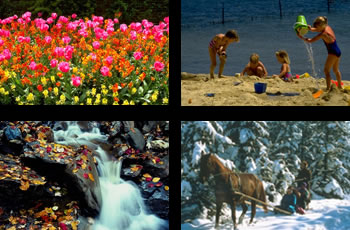The landscape and weather change greatly during the year in regions that have four distinct seasons.
Click on image for full size
Images Courtesy of Corel
What Causes the Seasons?
The Earth's orbit is in the shape of an ellipse (a stretched out
circle), so that sometimes the Earth is closer to the Sun
than at other times. Is this the cause of the seasons?
You can imagine that if the seasons were caused by the Earth's orbit,
people who live north of the Equator (in places like the North
America, Europe and Asia) and people who live south of the equator (in
places like South America, Australia, and Africa) would have the
same seasons.
For example, if winter occured because the Earth was far
away from the Sun, everyplace on the Earth would be cold at the same
time.
But this is not what happens! Summer in the north occurs at the same
time as winter in the south, and vice-versa. It turns out that the
Earth's orbit is nearly a perfect circle, and the difference between
its smallest distance from the Sun and its largest distance is
very small. In fact, the Earth is furthest away from the Sun in June
when it is summer in the north!
The Earth is a very special planet in many ways. Just as Earth's
unique atmosphere and its distance from the Sun work together to make
Earth the right temperature to support life,
Earth's orbit and its rotation work together to create the
seasons.
You might also be interested in:
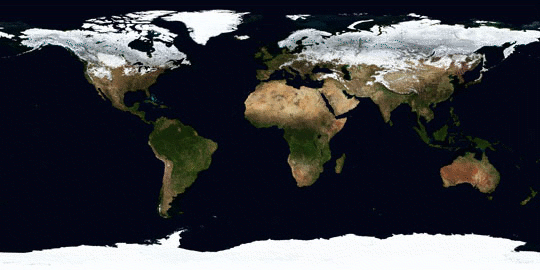
NASA now makes images of the whole Earth every month. There are no clouds in the images. They combine many pictures taken at different times. The polar ice caps look bigger than they really are. The movie
...more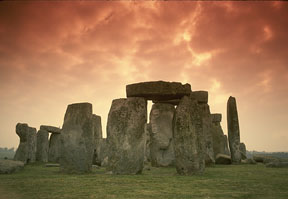
Man has always observed the sky. By watching the Sun and Moon, early man could tell what season was coming next. They had to know this to be able to farm and hunt. Archeoastronomy started in the 1960's
...more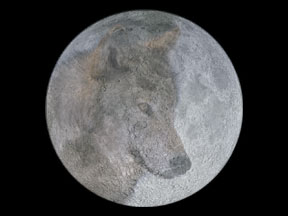
Do you know anybody who has a nickname? Did you know that the Full Moon has a bunch of nicknames? Native Americans who lived in the North and East parts of North America had many nicknames for the Full
...more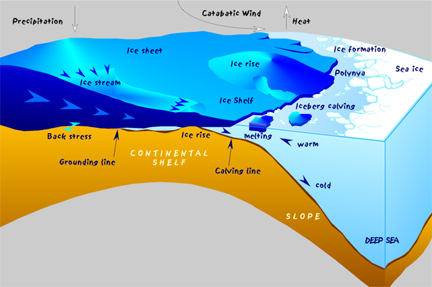
Antarctica is the coldest place on Earth. It is even colder than the Arctic! Temperatures as low as -129 degrees F (-89 degrees C) have been recorded. Near the South Pole, the average temperature is only
...more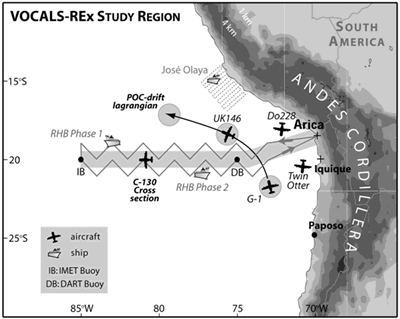
Scientists must work very hard! It will take time for them to understand the information they collected during VOCALS. They must study the measurements and use them to improve their models of clouds,
...more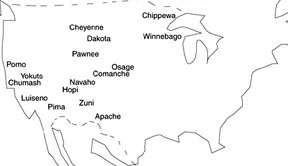
People have been living in North America for a long, long time. The first people to live there were the Native Americans. They didn't have clocks or calendars so they watched tides, the Sun, the Moon,
...more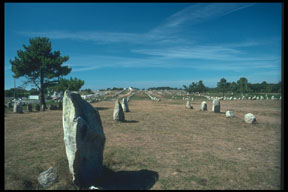
The stones of Carnac, France, are very famous because there are a lot of them and because they are so old! The oldest stones found in Carnac are from about 4,500 B.C. That's older than the stones at Stonehenge!
...more


